Ctg port introduces digital payment for vehicle access
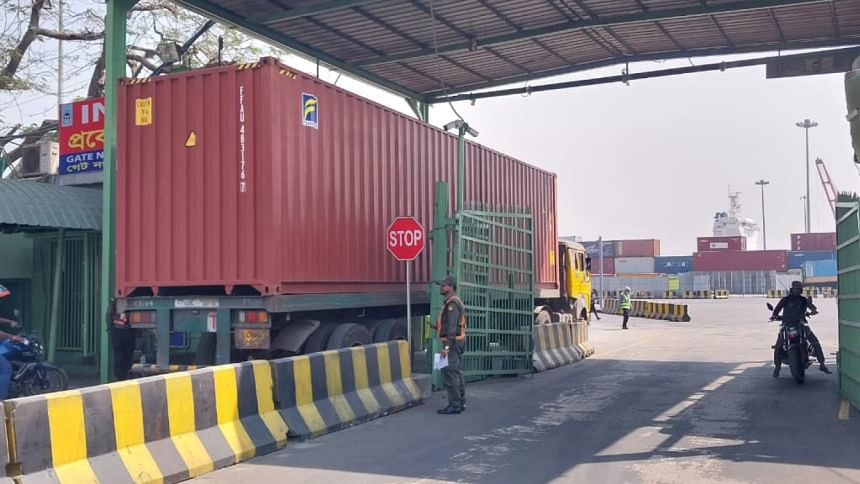
It was a pleasant experience for drivers of cargo and container-carrying vehicles to gain much quicker entry to Chattogram port yesterday as the port authorities introduced a digital payment system for access through all eight gates.
For Mohammad Arafat, a prime mover driver who transports containers between the privately run off-dock KDS Logistics and the port, entering the port had been full of hassles and time-consuming for years.
Previously, he had to wait in long queues long before arriving near any gate.
"And upon arrival at the gate, it would take at least 15 to 20 minutes to complete the payment and data entries manually to get the gate pass," he said.
"With the new system, my helper spent at most three to four minutes to get the pass," he added.
Safirur Rahman, an executive of the off-dock who was on duty at the gate, said they were now able to pay the entry fee in advance through mobile financial services like bKash using a software application of the port.
Upon payment, they print the acknowledgment slip, Rahman said, adding that by entering the required information of the driver, vehicle, and payment into the software, it takes only a minute to generate the gate pass, which includes a barcode.
The driver can immediately gain entry after the barcode is scanned by security guards, he said. The entry fee for each vehicle entering the port is Tk 57.50, and the amount has remained unchanged. CPA Chairman Rear Admiral SM Moniruzzaman inaugurated the online gate pass system at Gate 4 of the port yesterday.
He hoped that the newly introduced automated system would reduce processing time for vehicle entry and expedite container and cargo movement, as well as handling, to minimise vessel turnaround time at the country's largest seaport.
Chattogram port handles roughly 90 percent of Bangladesh's trade with the rest of the world.
The port chairman said the manual payment process previously took an average of 20 minutes, resulting in long queues at all eight gates and creating congestion on the approach roads to the port.
"With the new system, a vehicle can enter the port in a minute or two through the scanning of the online payment receipt, as drivers can pay the fee in advance through mobile financial services," he said.
The CPA launched trial operations of the electronic payment system for gate passes in November last year.
The online gate pass system has been developed by Navis LLC, a US-based global technology company.
DataSoft Systems Bangladesh Limited is working as the technical support partner for this system and has integrated it into the port's Terminal Operating System (TOS).
In 2012, Chattogram port began adopting digitalisation in its processes with the introduction of a Computerised Container Terminal Management System (CTMS). Later, the system was upgraded to the TOS.
The CPA chairman said data on approximately 100,000 vehicles and biometric records of 100,000 drivers have been incorporated into the system so that authorities can efficiently track and monitor the movement of cargo vehicles.
Every day, around 6,000 to 8,000 vehicles, including trucks, covered vans, and container-carrying prime movers, enter the port. DataSoft Deputy CEO Nilufa Yasmin hoped that the new system would streamline port activities.
A driver coming from any part of the country can monitor how much time he has to reach the entry gate by using the application on his mobile phone, she said.
Moreover, the authorities can easily track the location of the vehicle and the container it is carrying, she added.
Hailing the initiative, Bangladesh Freight Forwarders Association Vice President Khairul Alam Suzan said the introduction of the online payment system for gate passes was certainly a milestone towards the implementation of paperless documentation in all import and export procedures.
Currently, over 18 import documents are processed manually for the release of imported cargo from the port, while over five documents are processed physically for exports at the off-docks, he said.
The new system would surely expedite cargo and container movement, prevent pilferage, and reduce security risks, he opined.

 For all latest news, follow The Daily Star's Google News channel.
For all latest news, follow The Daily Star's Google News channel. 


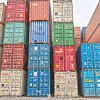
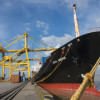
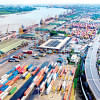
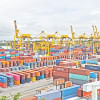


Comments